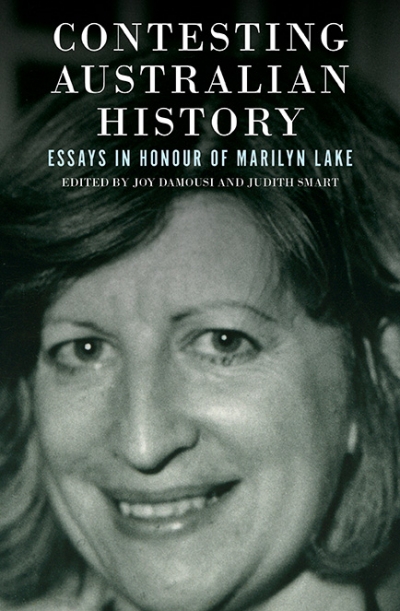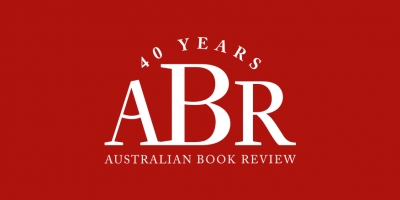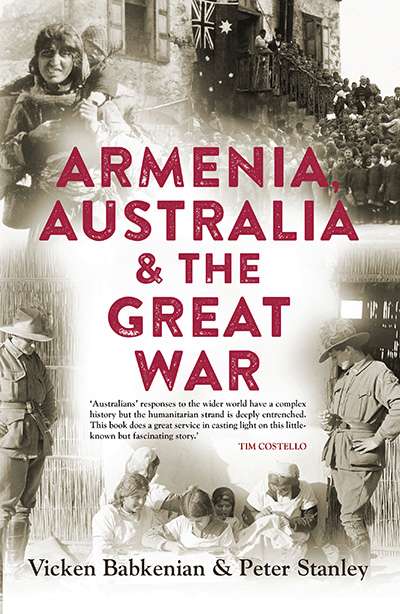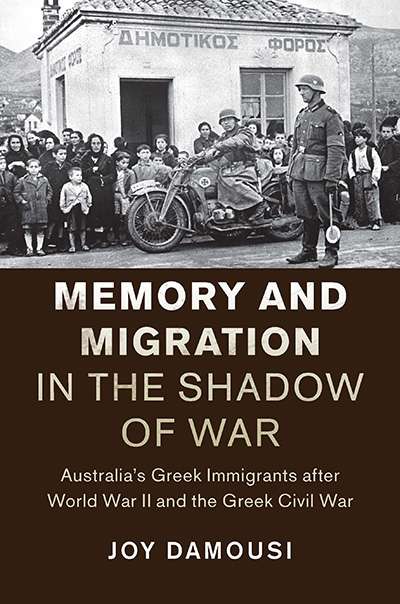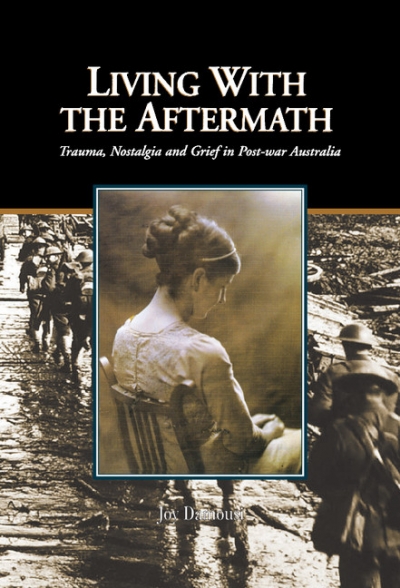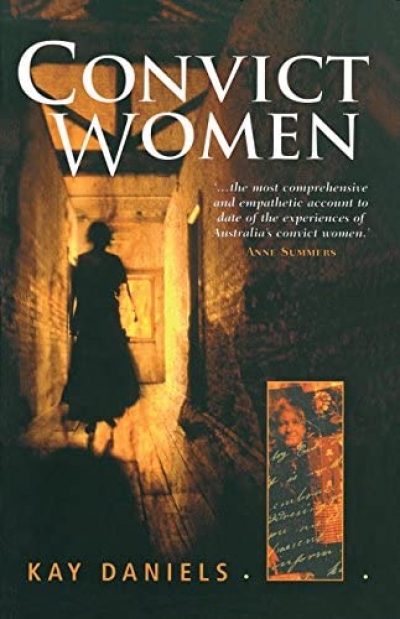Joy Damousi
Following the recent federal election, we invited several senior contributors and commentators to nominate one key policy, direction, or reform they hope the Albanese government will pursue.
... (read more)Contesting Australian History: Essays in honour of Marilyn Lake by Joy Damousi and Judith Smart
by Christina Twomey •
In October, the Australian research and academic community was angered by the revelation that the former Minister for Education and Training, Senator Simon Birmingham, vetoed eleven Australian Research Council (ARC) grants that had been recommended for funding following a rigorous peer-review process ...
... (read more)Armenia, Australia and the Great War by Vicken Babkenian and Peter Stanley
by Joy Damousi •
Memory and Migration in the Shadow of War: Australia's Greek immigrants after World War II and the Greek Civil War by Joy Damousi
by Alistair Thomson •
Colonial Voices: A Cultural History of English in Australia 1840—1940 by Joy Damousi
by Bruce Moore •
Australian Historical Studies edited by Joy Damousi & Australian Historical Studies edited by Shurlee Swain and Stuart Macintyre
by Lyndon Megarrity •
Living with the Aftermath: Trauma, nostalgia and grief in post-war Australia by Joy Damousi
by Stephen Garton •
Barmaids: A history of women’s work in pubs by Diane Kirkby
by Joy Damousi •


